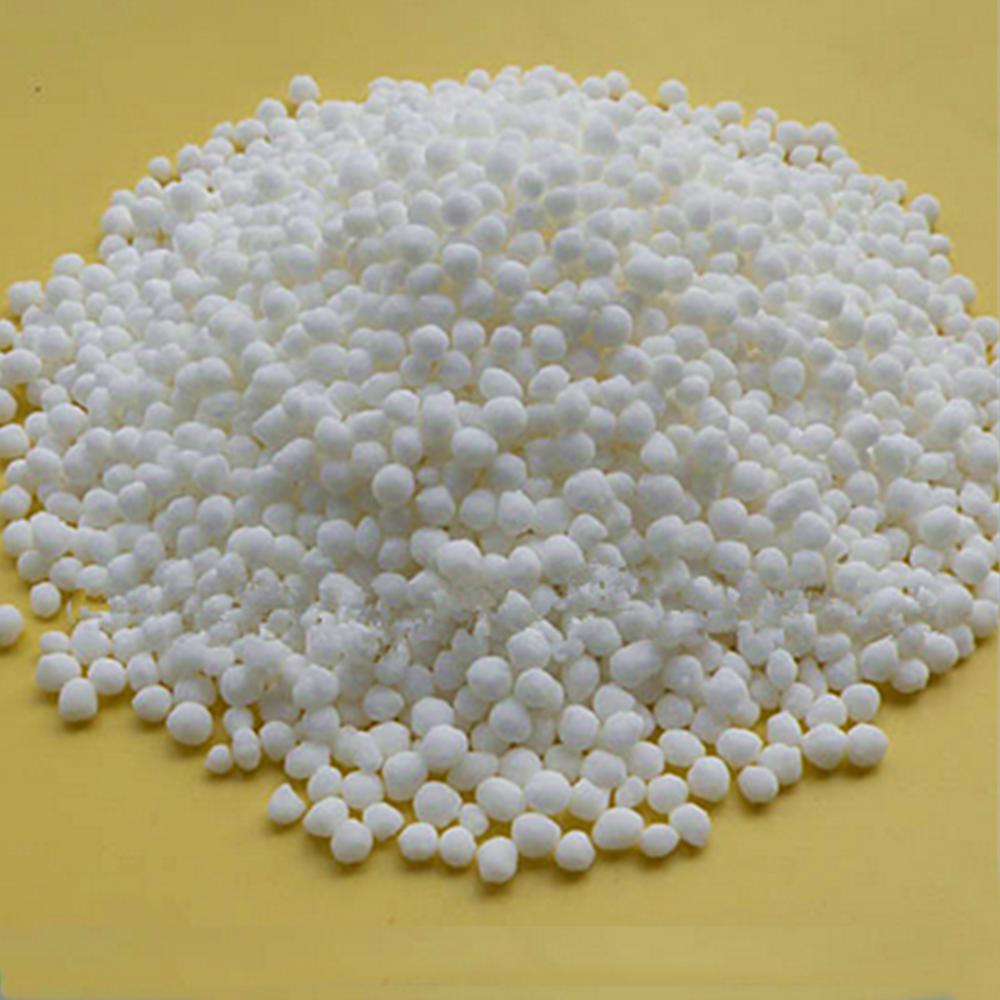



Safety Guidelines and Handling Procedures for Potassium Nitrate in Laboratory Settings
Safety Considerations for Potassium Nitrate A Comprehensive Overview
Potassium nitrate, also known as saltpetre or nitre, is a chemical compound with a wide range of applications, including its use as a fertilizer, food preservative, and in the manufacture of explosives and fireworks. Despite its beneficial uses, it is essential to understand the safety data associated with this compound to handle it properly and mitigate any potential risks.
Chemical Properties and Uses
Potassium nitrate (KNO3) is a white crystalline solid that is highly soluble in water. Its chemical properties allow it to serve multiple roles across different industries. In agriculture, it acts as a vital nutrient source, providing both potassium and nitrogen, essential for plant growth. In food preservation, it is used to cure meats, providing flavor and inhibiting bacterial growth. Furthermore, its ability to generate oxygen makes it a key ingredient in various pyrotechnic applications.
Health Hazards
While potassium nitrate is generally considered safe when handled appropriately, certain hazards need to be taken into account. Exposure to potassium nitrate can occur through inhalation, ingestion, or skin contact. Here are some health impacts associated with potassium nitrate
1. Inhalation Breathing in dust or vapors can irritate the respiratory tract, leading to coughing, sneezing, and shortness of breath. In severe cases, it may exacerbate pre-existing respiratory conditions.
2. Ingestion Ingesting large quantities of potassium nitrate can lead to nausea, vomiting, diarrhea, and abdominal pain. It can also cause metabolic acidosis, which is a severe condition that can impact bodily functions.
3. Skin and Eye Contact Direct contact with potassium nitrate can cause irritation. Proper protective gear, including gloves and goggles, should be worn to minimize these risks.
Environmental Hazards
potassium nitrate safety data sheet

Potassium nitrate is water-soluble, which raises concerns about its environmental impact. If released into water bodies, it can contribute to nutrient runoff, leading to eutrophication, which depletes oxygen in water and harms aquatic life. Therefore, adherence to local environmental regulations regarding its storage and disposal is crucial.
Safety Precautions
To handle potassium nitrate safely, the following precautions should be observed
1. Personal Protective Equipment (PPE) Wearing appropriate PPE is critical. This includes gloves, safety goggles, and respiratory protection if dust exposure is a concern.
2. Proper Storage Keep potassium nitrate in a cool, dry place away from incompatible materials such as strong acids, reducing agents, and combustible materials. Storage containers should be labeled clearly to avoid accidental misuse.
3. Spill Response In case of a spill, it is vital to have a response plan in place. Under appropriate conditions, dry absorbent material should be used to contain the spill, avoiding water if possible to prevent dissolution and further environmental contamination.
4. Training and Awareness Workers handling potassium nitrate should receive adequate training about the risks associated with it and the measures that can be taken to mitigate these risks. Awareness programs about proper handling and emergency response can greatly reduce accidents.
Conclusion
In summary, while potassium nitrate is a valuable chemical used in various industries, it is crucial to recognize and address its associated safety hazards. By understanding its properties, potential health impacts, environmental concerns, and necessary safety precautions, individuals and organizations can ensure safe handling practices. As always, compliance with local regulations and strict adherence to safety protocols are essential in minimizing risks and promoting a safe working environment.
-
Why Sodium Persulfate Is Everywhere NowNewsJul.07,2025
-
Why Polyacrylamide Is in High DemandNewsJul.07,2025
-
Understanding Paint Chemicals and Their ApplicationsNewsJul.07,2025
-
Smart Use Of Mining ChemicalsNewsJul.07,2025
-
Practical Uses of Potassium MonopersulfateNewsJul.07,2025
-
Agrochemicals In Real FarmingNewsJul.07,2025
-
Sodium Chlorite Hot UsesNewsJul.01,2025










